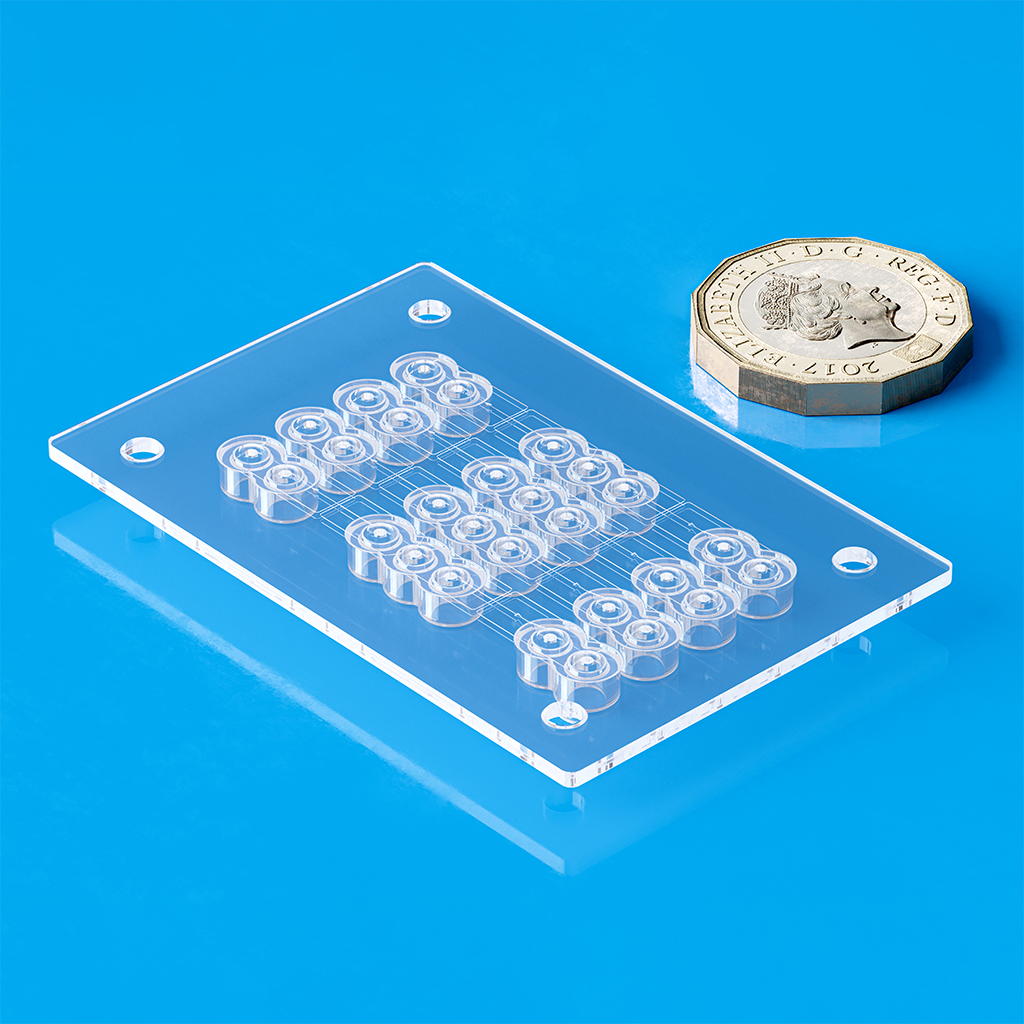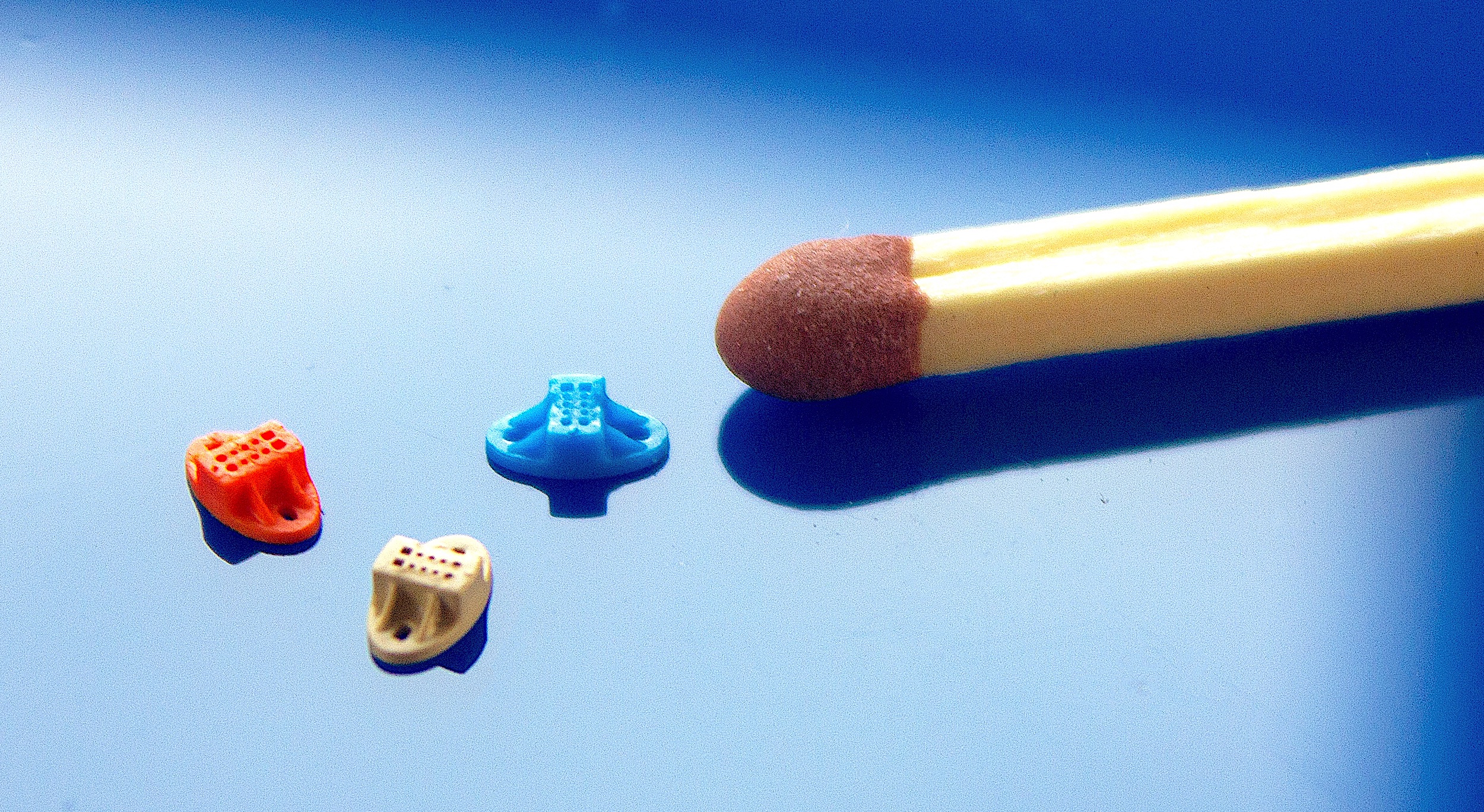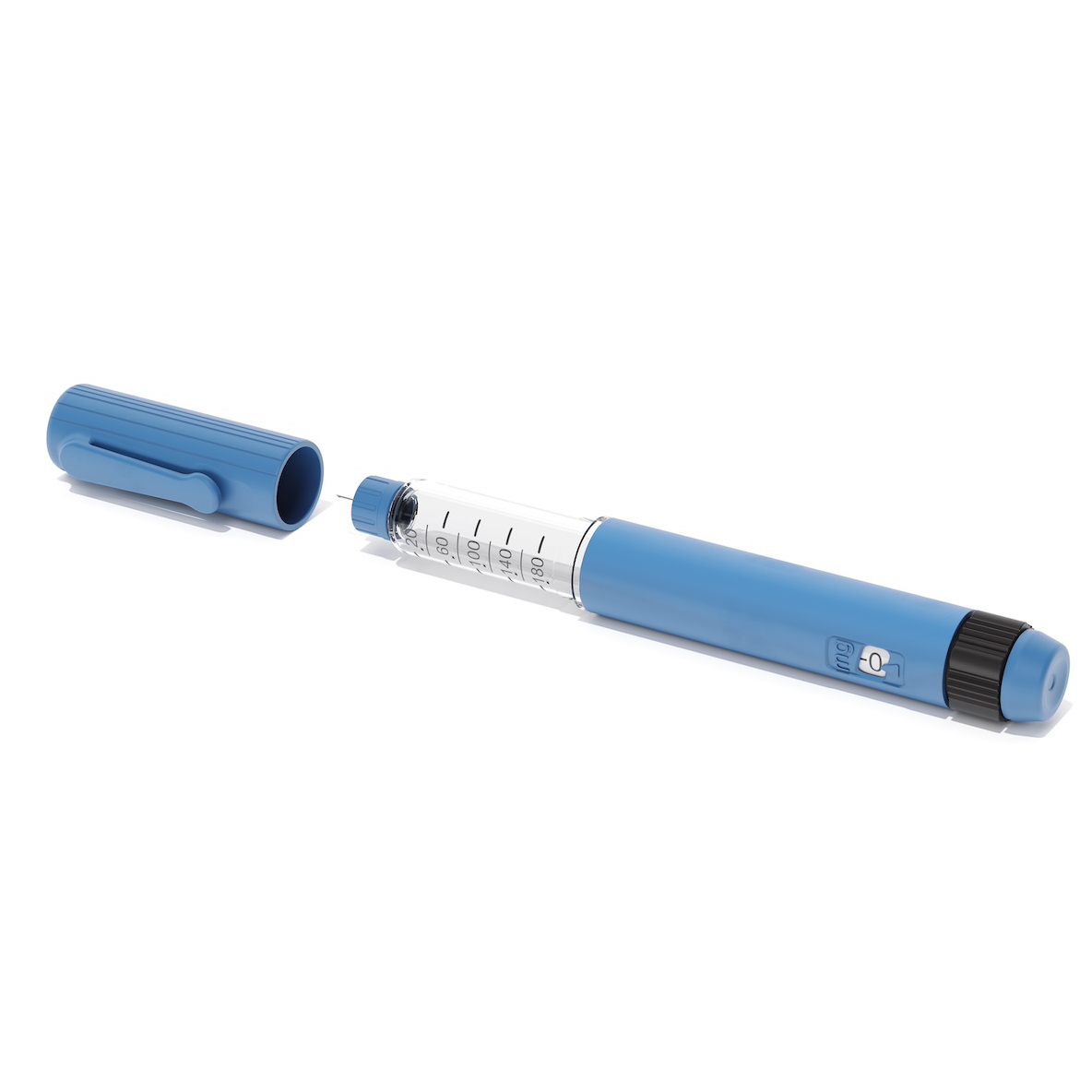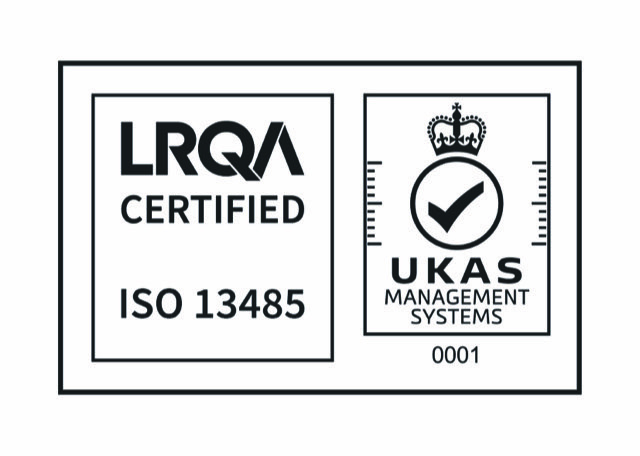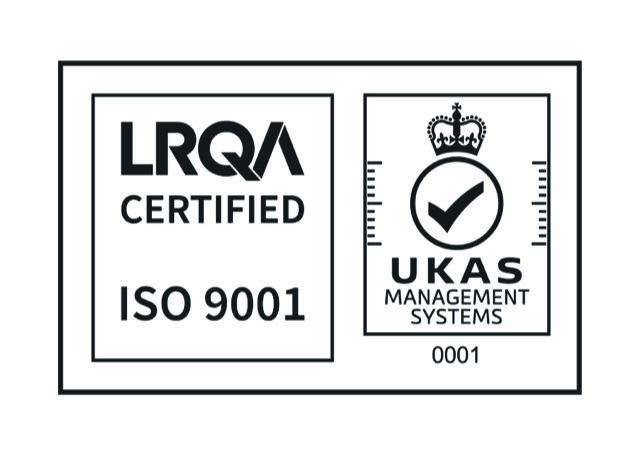What is Robotic Surgery?
What is Robotic Surgery?
In many countries, physicians may carry out a variety of intricate treatments with more control, precision, and flexibility thanks to robotic surgery, often known as robotically-assisted surgery. Robotic surgery is typically connected to minimally invasive surgery (key-hole surgery), or operations carried out through very small incisions, additionally, it is occasionally employed in specific conventional open surgical procedures.
Surgeons may now provide less invasive and more accurate choices for a wide range of complicated surgical operations, from cancer treatment to knee replacement, thanks to the use of robotic-assisted surgery. Robotic-assisted surgery has proven beneficial in treating a variety of illnesses, including but not limited to:
- Gastrointestinal Surgery
- General orthopaedics
- Operation Gynecologic
- Cardiac surgery
- Endometriosis Head & Neck Surgery (Transoral)
- Surgery of the torso
- Surgical urology
How does Robotic Surgery work?
Surgeons who practise robotic surgery employ a computer-controlled robot to help them do certain surgical tasks with more control, precision and flexibility. Due to the great dexterity of the robot’s “hands,” physicians may now perform procedures in confined areas of the body that were previously only possible with open (long incision) surgery. Robotic technology hence enables doctors to carry out intricate surgical procedures through tiny incisions.
The patient’s body contains a camera that provides the surgeon, who is situated at the console, with real-time views. The pictures that the surgeon views through the Robotic System are really clearer and more highly magnified than what they would see if they were standing over the patient.
A typical robotic surgery is as follow:
- The surgeon starts by making a tiny incision or many.
- The surgeon inserts ports, which are tiny tubes, into these incisions. Instruments are inserted through these ports and the robot is fastened to them.
- One of the ports is used to insert an endoscope, which is a long, thin camera. Throughout the procedure, the camera produces 3D photos with excellent quality.
- The surgeon can do the procedure by inserting surgical instruments through the other ports.
- The surgeon sits at a station a few feet away from the patient, controlling the robotic arm.
- When necessary, an assistant stays by the patient’s side to help the surgeon change the tools.
What are the benefits of Robotic Surgery?
Robotic surgery can offer a number of benefits to patients:
- Less discomfort following surgery
- Less loss of blood and decreased transfusions
- Smaller and less scars
- Lower chance of infection due to smaller incisions
- Enhanced accuracy for more precise joint replacements
- Quicker recuperation and resume of regular activity
- Reduced hospital stay time
Similarly, surgeons also receive significant benefits from this modern technology:
- Improved visuals
- Increased acuity
- Increased accuracy
However, risks associated with robotic surgery include a slight chance of infection and other consequences, some of which may be comparable to those associated with traditional open surgery.
Leading Robotic Surgery systems
The da Vinci® Surgical Robot
The Da Vinci platform from Intuitive, a market leader in the medical robot sector, is composed of networked hardware, software, and medical devices. Several essential parts make up the da Vinci Surgical System: four interactive robotic arms, a high-definition 3D vision system, a patient-side cart where the patient lies during surgery, an ergonomically designed console where the surgeon sits while performing surgery, and exclusive EndoWrist® instruments.
Vicarious Surgical’s Robotic System
With the robotic technology from Vicarious Surgical, surgeons may perform more accurate surgeries by utilising a console and a robot that resembles a miniature human arm. All robotic mobility for the Vicarious Surgical Robot will occur inside the patient via a single 1.5 cm incision, hence greater mobility and a lower chance of outside accidents surrounding the surgical field are two benefits of this design. The company’s robot mimics the actions of a surgeon and has remarkable spinning capabilities. Each arm has 28 sensors. Vicarious Surgical’s camera-equipped robot enables surgeons to do minimally invasive surgeries on patients by creating centimetre-sized incisions and providing a clearer view of their anatomy.
Asensus Surgical’s Senhance Surgical System
Surgeons have more control with the Senhance Surgical System from Asensus Surgical thanks to a variety of tools and technology. Using an eye-controlled camera, the technology notifies surgeons when they apply excessive pressure or tension during an operation, allowing them to map out a more straightforward course. In addition, the Senhance® Surgical System offers a previously unheard-of degree of control. More surgeries can now be successful, intuitive, and efficient thanks to responsive, cutting-edge technology and innovative design.
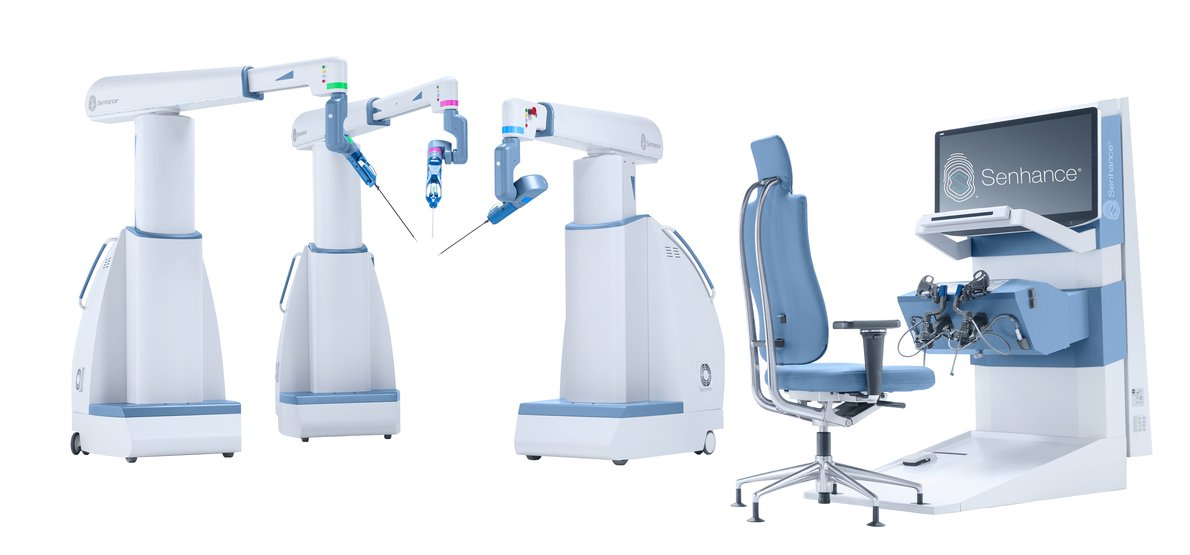
Mako® robotic-arm assisted surgery
Compared to more conventional joint replacement techniques, the Mako robotic surgical system enables far more precise implant placement, resulting in a more natural-feeling joint after surgery. Using the Mako can help patients recover more quickly, have fewer difficulties, and regain confidence in your mobility, allowing patients to resume your active lifestyle sooner. Since more precisely placed implants survive longer, patients should likewise have a longer lifespan.
Medtronic Hugo™ RAS system
Hugo is a robot with up to four arms installed on independent wheeled carts that can be moved and set up in different operating rooms. Hugo is also being utilised in general surgical operations throughout Latin and South America and the Asia-Pacific area. It has been used in the treatment of cancer and for surgeries such lower anterior rectum resections, gallbladder ectomy, and gastric bypass.
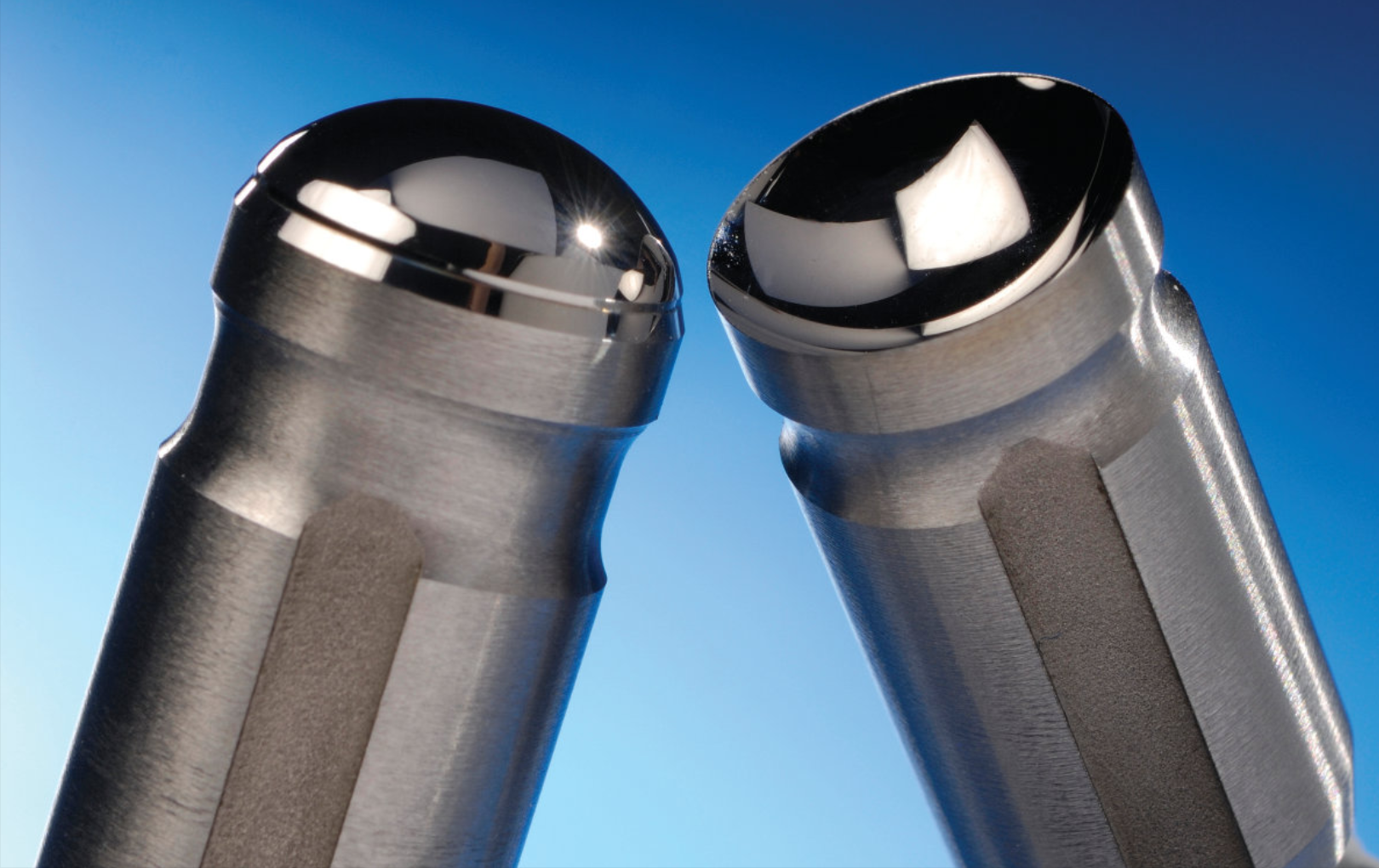
Micro Systems has more than 20 years of experience in micro mould design and manufacture, micro injection moulding and ultra-precision tooling for the medical industry. We have the expertise and the latest technology to support robotic surgery system designers in manufacturing micro, ultra-precision components, from prototyping to mass product scale. Contact us today to discuss your Robotic Surgery System projects!

